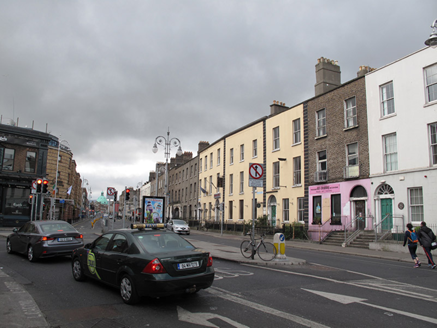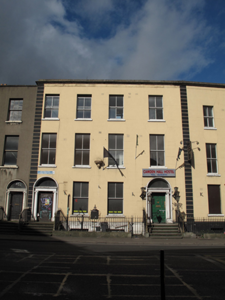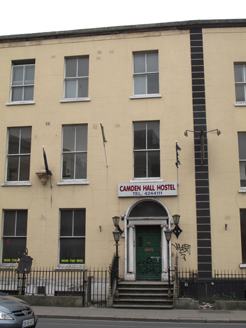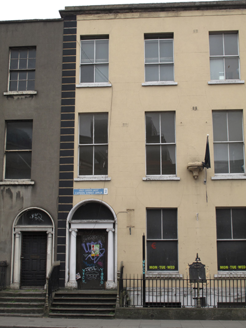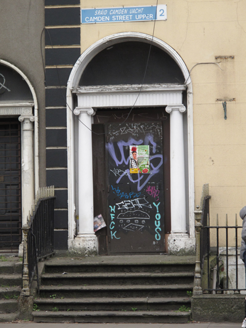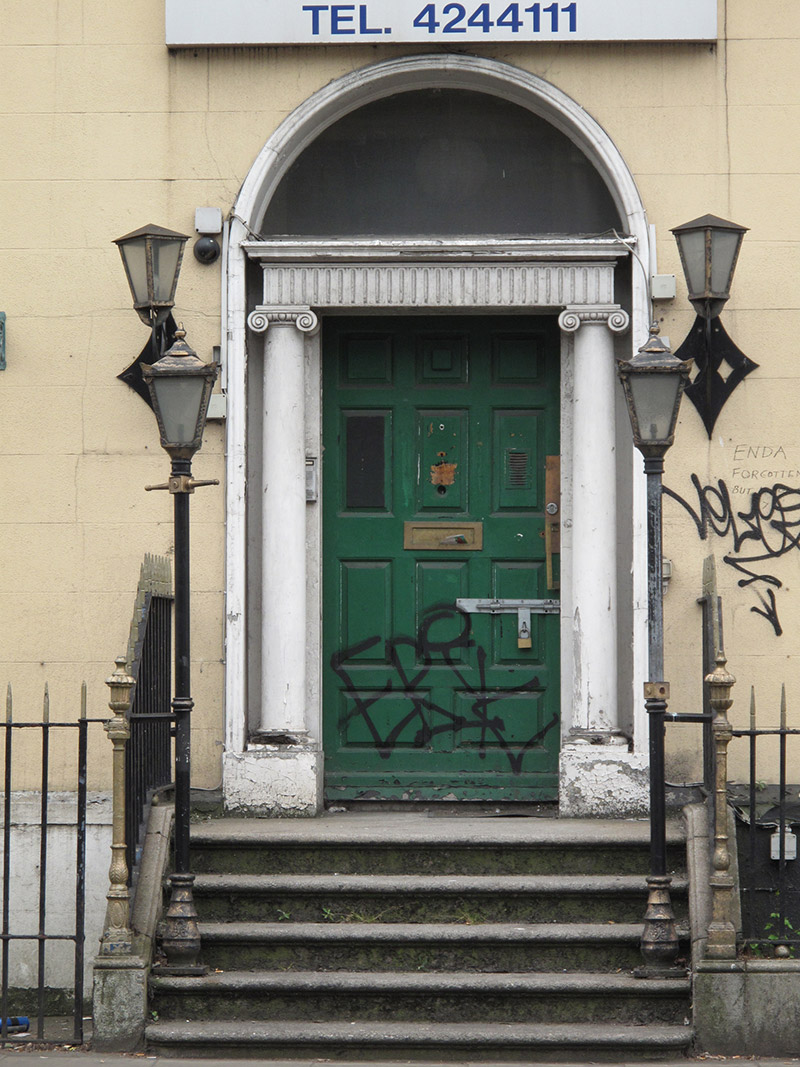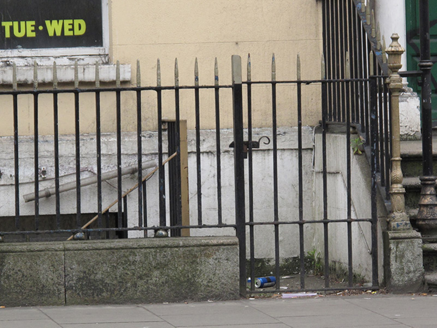Survey Data
Reg No
50110417
Rating
Regional
Categories of Special Interest
Architectural, Artistic, Historical, Social
Previous Name
Convent of the Little Sisters of the Assumption
Original Use
House
Historical Use
Convent/nunnery
In Use As
Hostel
Date
1810 - 1820
Coordinates
315613, 232844
Date Recorded
01/05/2017
Date Updated
--/--/--
Description
Attached former pair of two-bay three-storey houses over basement, built c. 1815, later combined into one unit and used as convent, now in use as hostel. L-plan hipped slate roof, concealed behind cut granite parapet with carved granite cornice. Lined-and-ruled rendered walls having render quoins. Cut granite plinth course over rendered wall to basement. Moulded masonry pedestal to wall to first floor. Square-headed window openings with masonry sills and two-over-two pane timber sliding sash windows. Round-headed door openings having moulded masonry surrounds, Ionic doorcases, plain fanlights and timber panelled doors, one blocked. Nosed granite steps with cast-iron boot-scrapes to platform. Wrought-iron railings having cast-iron corner posts, set on carved granite plinth wall enclosing basement area. Matching gates.
Appraisal
This pair retains its early form and character. The façade is articulated by cut granite and render detailing, and enhanced by salient features such as the classical revival doorcases. A convent was established in this building and its neighbours to the south by the Little Sisters of the Assumption in 1891. A pedestal to the front was added at this time to hold a statue. Mosaic work was undertaken there by Ludwig Oppenheimer Ltd in 1915. Casey (2005) refers to Nos. 1-12 Camden Street Upper as 'the most complete and satisfying terrace on the street'. She notes their 'tall piano nobile windows, Adamesque doorcases, granite area parapets and old-fashioned railings with urn newels'. St. Kevin's Port was renamed Camden Street, after the 1st Earl Camden, in 1776. Much of the original housing stock on the street was rebuilt in the nineteenth and twentieth centuries.
